Andalusia is the southernmost region of Spain. Here, the sun shines almost all year round and reveals a world full of colour, passion and unforgettable experiences that await holidaymakers.
The Spanish Andalusia is the southernmost region of Europe. Only the Street of Gibralta, 14 kilometers wide, separates the region from Africa.
Those who spend their vacations in Andalusia are often drawn to the approximately 800 kilometers of coastline along the Atlantic and the Mediterranean. The Costa del Sol in particular is a popular destination for seaside vacationers.

Andalusia is also a paradise for nature lovers. The hinterland is characterised by the Sierra Nevada. Here you can see snow-covered mountains almost all year round. Those who enjoy hiking will find a wide variety of routes of all levels of difficulty here. From the impressive cliffs of the Cabo de Gata nature reserve to the lush forests of the Doñana National Park – the region offers countless opportunities for adventure and relaxation in nature.
But sightseeing in cities such as Seville, Málaga or Granada is also possible in Andalusia. The region offers a fascinating mix of history and modernity. Visitors can see majestic Moorish palaces such as the Alhambra in Granada and go to the lively flamenco shows in Seville. The charming cities of Córdoba and Seville, whose historic centres are UNESCO World Heritage Sites, are particularly popular.
Andalusian cuisine is a feast for the senses. The best way to savour tapas in one of the countless bars is to try the famous Jamón Ibérico and sample the sherry from Jerez. In Andalusia you will find an excellent mix of traditional dishes and modern gastronomy.
Andalusia vacation
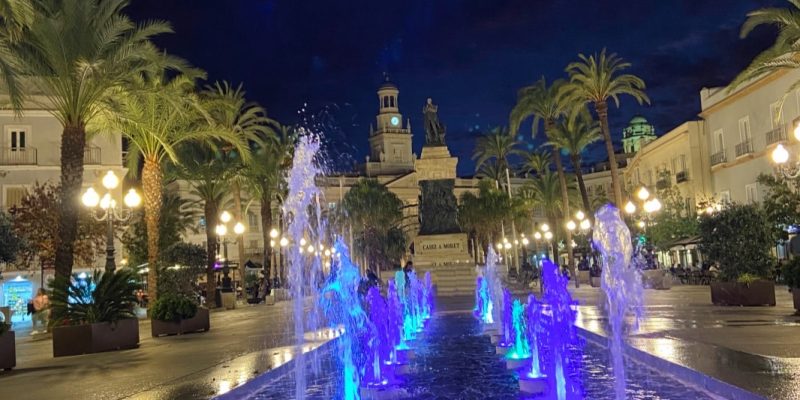
Narrow alleyways, large lively squares and the sea - that is Cádiz in Andalusia. A versatile destination that is equally suitable for history buffs, beach lovers and culture vultures.
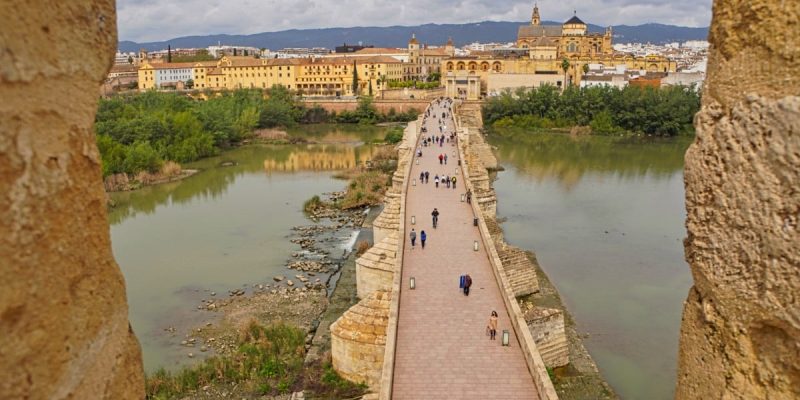
Discover Córdoba, a city rich in history, culture and unrivalled beauty. Córdoba, once the largest city in the world, is today a mosaic of Islamic architecture, medieval streets and lively flamenco rhythms.
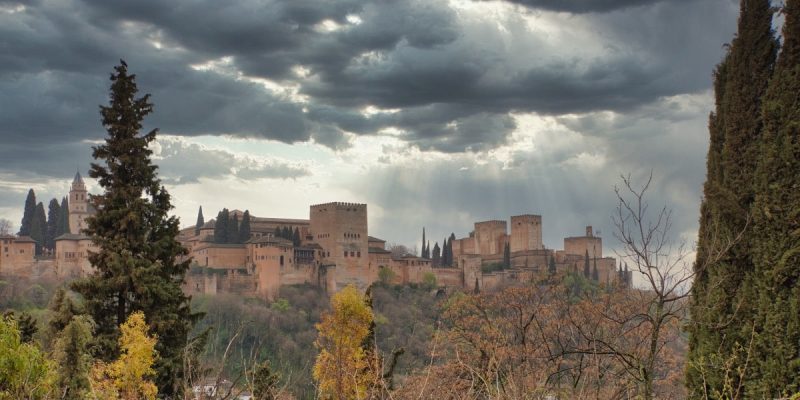
Granada is a city with a great historical heritage, but at the same time a young and modern university city. It is located on the western edge of the Sierra Nevada.
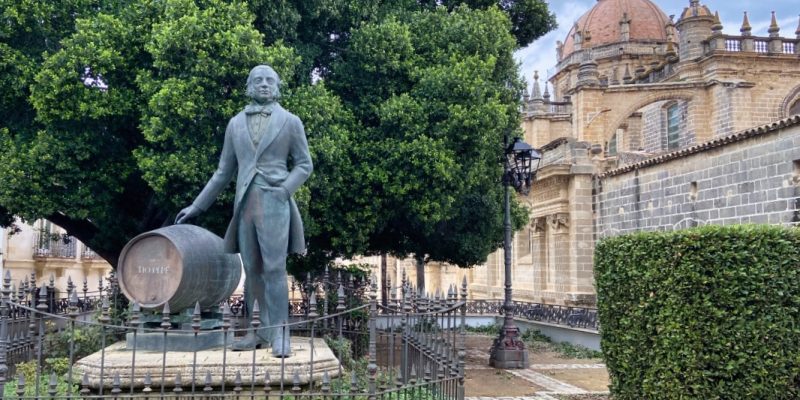
The charming town of Jerez de la Frontera, often known simply as Jerez, is located in the heart of the sunny region of Cádiz in southwest Spain. Surrounded by rolling hills and extensive vineyards, Jerez is a place where tradition and modernity come together in harmony. Holidaymakers can look forward to a wonderful time here.
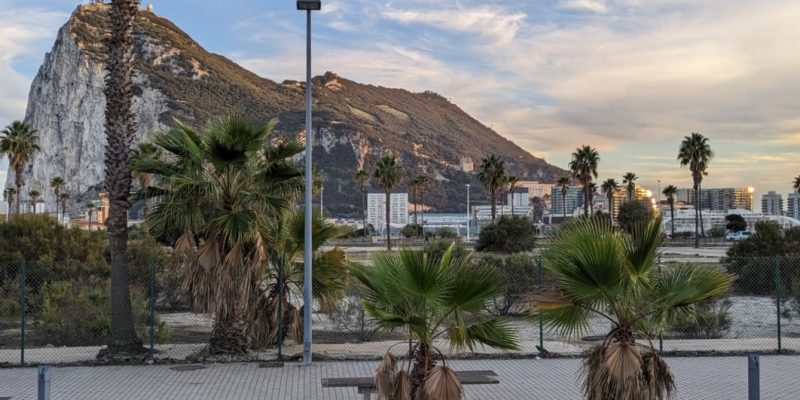
La Línea is primarily a transit station for journeys to Gibraltar; there are hardly any tourist attractions. It is much cheaper to stay overnight in Spain and discover Gibralta from there, especially for longer stays.
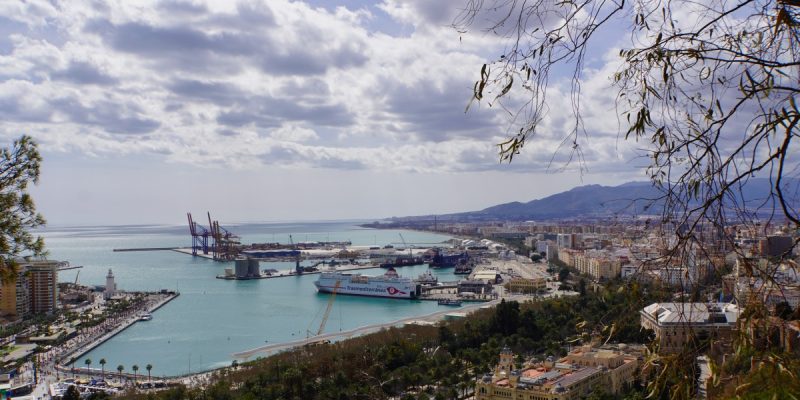
Andalusia is one of the most popular destinations in Spain. A city break to Málaga is now almost as popular with travellers as a trip to Seville or Barcelona.
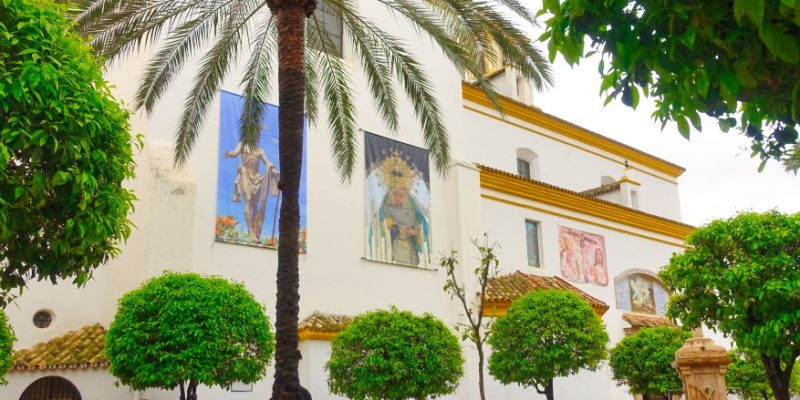
In the heart of the Costa del Sol, right on the coast of Spain lies Marbella. The city is considered the seaside resort in Andalusia and attracts many visitors who want to spend a relaxing vacation in Marbella.
Book an excursion in Andalusia
Travel information about the region
Arrival
By plane
The largest airport in the region of Andalusia is located in Málaga. Numerous airlines fly directly to this airport. From Málaga there are shuttle buses to the resorts on the coast and also inland.
Seville and Jerez de la Frontera are other airports in Andalusia, but they are smaller and not served by as many airlines. Granade-Jaén airport is mainly used for domestic flights.
By train
High-speed trains run from Spain’s central rail hub in Madrid to Córdoba, Seville or Málaga. Twice a day there is a connection from Barcelona to Andalusia.
By bus
Those traveling to Andalusia from the south of Portugal can do so, for example, by bus from Faro in the direction of Seville in about 3 hours.
Within Spain, numerous long-distance bus connections are offered from Madrid. Although these take considerably more time, they are also cheaper than the train.
From Switzerland, a long-distance bus provider runs three times a week to Jaen, Granada, Motril and Málaga.
By car
Highways lead to Andalusia from all neighboring regions. For example, from Madrid the A-4, the A-7/AP-7 from Murcia and Alicante, the A-49 from Faro/Portugal and the A-66 from Extremadura.
The A-7 is toll-free.
On the way in Andalusia
By train
The major cities in Andalusia can be reached by the high-speed train AVE of the railroad company RENFE.
In the metroploregions suburban trains (cercanias) go to the nearer region. Otherwise, the offer in the more rural areas is not so good.
By bus
Buses from various operators run relatively frequently between the larger cities. In the larger cities, these start at the bus station (estación de autobuses).
Those traveling in the hinterland can use scheduled buses from the local provider.
By car
If you want to travel from one place to another and visit some remote areas, you need a car. However, it is not advisable to go to the big cities by car. There are hardly any parking spaces here and often the few parking spaces are paid for.
The larger cities are connected with autovias, which are toll-free.
Toll
The big cities like Córdoba, Sevilla, Cádiz, Málaga or Almería are connected by toll-free autovias.
The A4 freeway from Seville to Cadiz and the AP7 coastal freeway from Malaga to Gibraltar (which runs parallel to the toll-free A7 expressway) are toll roads.
Best time to visit Andalusia
Andalusia enjoys a high number of hours of sunshine all year round.
Spring (March – May):
Spring offers pleasant temperatures, rising from around 15°C in March to around 25°C in May. This time of year has fewer rainy days, although rain can still occur somewhat more frequently in March.
Summer (June – August):
Summer in Andalusia can be very hot, with temperatures often exceeding 35°C, especially inland. This time is ideal for beach holidays and enjoying the coastal regions. The nights are warm, which livens up the nightlife.
Summer is predominantly dry, with very few rainy days.
Autumn (September – November):
Autumn is a fantastic time to visit Andalusia as the heat of summer subsides and the tourist crowds diminish. Temperatures start to drop, but are still a pleasant 20°C to 30°C in September and cool down to around 15°C by November. There are more rainy days in autumn, especially in November.
Winter (December – February):
Winter temperatures are mild and range between 10°C and 17°C. Winter is the rainiest time of the year, but the rainy days are usually short and not very frequent.
Language
Spanish is spoken in Andalusia. Those who travel in the rural areas will often hear a dialect that is difficult to understand.
In the tourist regions you can communicate quite well with English.